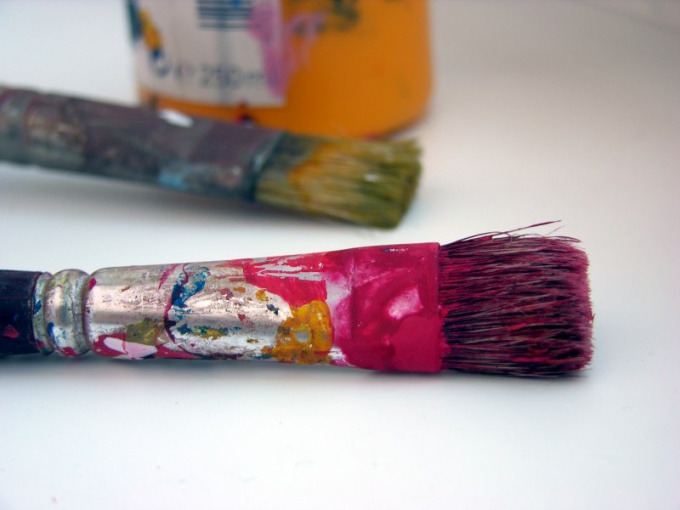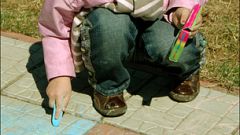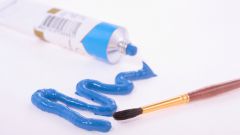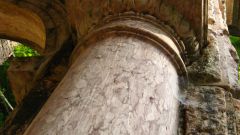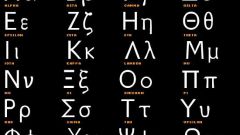Instruction
1
As the base for egg tempera painting is best suited tree. For the first steps you can take plywood small format. If you just want to try and paint are not going to keep a job for years, pick up a canvas or hard cardboard. If the basis is not treated, apply a primer gesso.
2
Sketch your composition. For these purposes, suitable soft materials (e.g., coal). Drawing the contours, slacken the line, removing most of the coal powder from the kneaded eraser.
3
The next step in creating a painting – underpainting. Make it one color. Pick the hue that's the color of all the objects in the picture. It is better to focus on the very bright object, as on this underpainting will be the most noticeable, even after the elaboration of the painting color. Mark the selected hue of light and shade on the whole space of the picture. To change the color you need depending on the degree of illumination of each object.
4
When the previous coat is dry, you can begin painting with tempera paints. If you need to fill in with one color is quite a large area, take a wide flat brush. Work with different shades or even a kolinsky or synthetic brush. Mixing color on the palette, dip the brush in it, make 2-3 of the smear on the draft to remove the excess paint. Then apply color to the canvas. One movement of the brush must correspond to a single touch resembling pencil. Since the top layer of paint dries very quickly, "stretch" smear over a large surface will not work.
5
Cover the painting with small strokes. Their direction must conform to the shape of the object. For a dense coverage bottom, you can make a grid of intersecting lines. Use brushes of different thickness to the size of the line match the scale of the object and its location on the worksheet – the closer the subject, the skinny bar.
6
Layer of tempera applied to previous, will not mix with it. It will create a new shade or to enhance the saturation of the first layer of paint. Searching for the right shade should be on the palette, not the canvas. In the picture you can create the illusion of mixing colors, laying next to strokes of different shades. However, this requires significant experience with tempera.
7
The most lit areas of the painting can brighten very thin strokes of white, superimposed over the base color.
